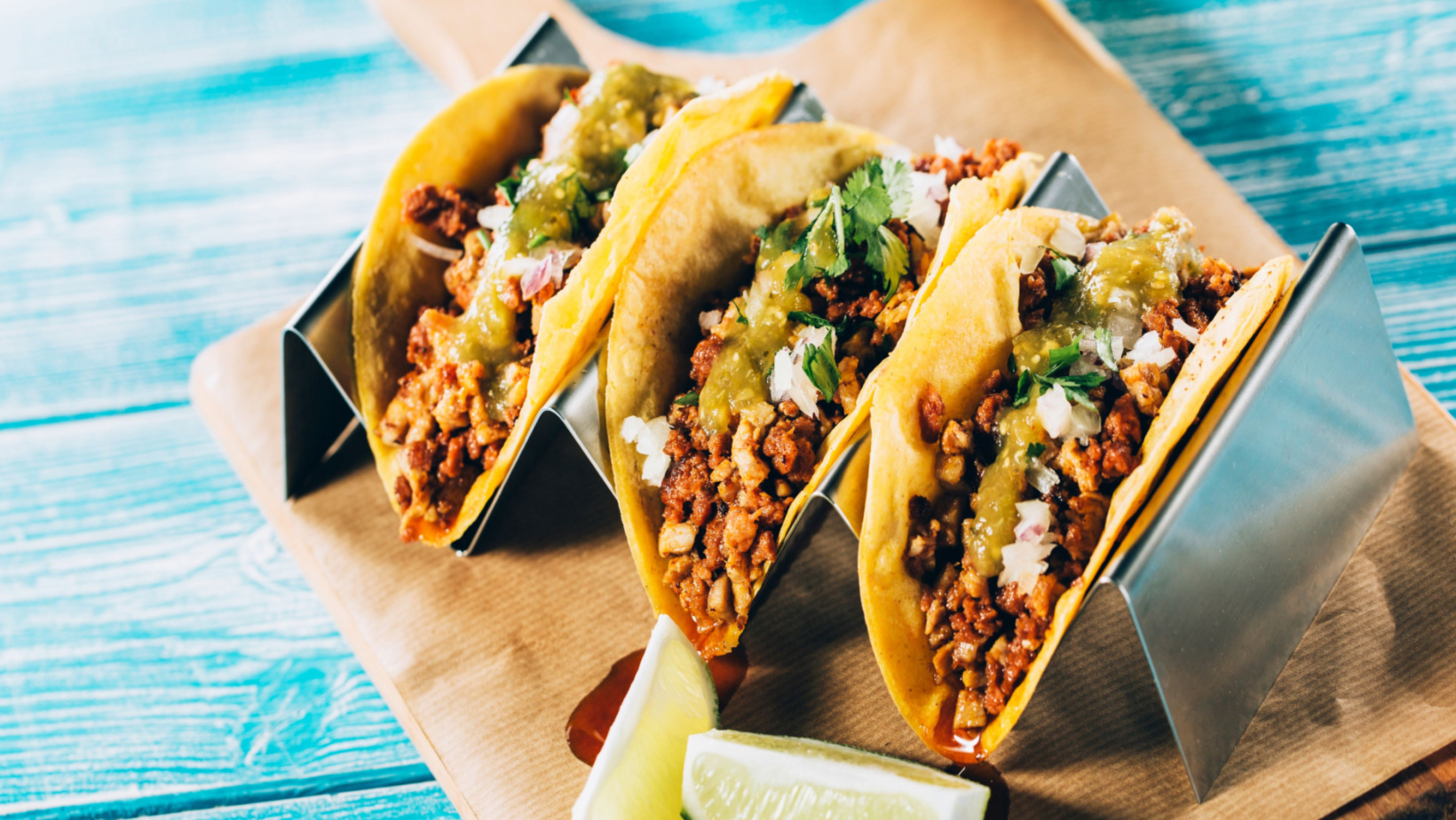The Struggle:
I enjoy the challenge of taking beloved everyday foods and attempting to make them keto. I always do my best to attempt to make them as close to the original as possible. This goes to texture and taste just as much as it goes to method and technique. A huge part of cooking is the familiarity and comfort of the process. When you make a recipe that you’ve made dozens of times you have a certain flow to your work. Dietary changes often can lead to big changes not just to what you eat, but also how you cook. So it’s nice to make a recipe that not only tastes familiar, but feels familiar in the kitchen. We set out to make a keto “corn” tortilla feel like the real thing. We wanted to be able to fold it, fry it, and use it as chips. But with all things that are keto there come challenges. No corn, no flour, no carbs; that’s basically the entire tortilla.
“How can you make a keto tortilla that does not crumble?”
Tacos, Puesadillas, and Tostadas, Oh My!
Keto tortillas need to be flexible enough to fold, sturdy enough to hold a filling, but also soft enough to feel like a corn tortilla. We tested a few things that we know work with keto replacements. Items like coconut flour, almond flour, and pork rinds.
Thankfully we were able to make a breakthrough pretty early on in the testing – super fine skinless almond flour and pork rinds make for a great base. The mixture absorbs water similar to Masa Harina type corn flour. Once we made the dough, pressed it and cooked it, we found that they were just too brittle. The tortillas were not able to hold up to any type of fold. We absolutely needed a binder, so we used eggs. Eggs did a good job of adding a little bit more flavor and moisture but we were not able to prevent cracking once folded. It’s one thing to make a product that just looks right, but here at Modernist Pantry we want it to feel and taste just as good.
We looked in our tool belt of ingredients and wanted to find something that could gel when heated but also be pliable. The best one that we found was konjac gum. Konjac gum is a super thickener. This means that you only need a small amount of it to create a very viscous gel. The best part about Konjac gum is that if you add a solution of water and calcium hydroxide to it after it’s been hydrated, it will create a sturdy elastic gel. Calcium hydroxide is an alkaline ingredient. When Konjac gum reaches a pH of 9.0 or above it will create a gel. This gel can then be heated to make it very sturdy.
In the keto tortilla recipe the Konjac gum is mixed with the dry ingredients and hydrated with the eggs in the recipe. Once that mixture is smooth you can add the water and calcium hydroxide. At this point just follow the normal method for making tortillas. Form the dough into balls, press them in a tortilla press, heat them gently on a plancha, and store them stacked up in a bag. These tortillas can be used individually to create tacos, tostadas, or even quesadillas. We put them to the test and made birria tacos, which are fried on a plancha and dipped in the braising liquid of the beef and they worked wonderfully. We suggest refrigerating them due to the high amount of water and protein. But they will last for seven days in the refrigerator and a month in the freezer. A nice added bonus for this recipe is that you can cut them into triangles and fry them as tortilla chips. They are crispy, have a similar texture to a corn tortilla, and they can scoop salsa or guacamole! Keep an eye out because this recipe is coming sooner than you think.
For more keto recipes click here. Until next time, keep cooking!


